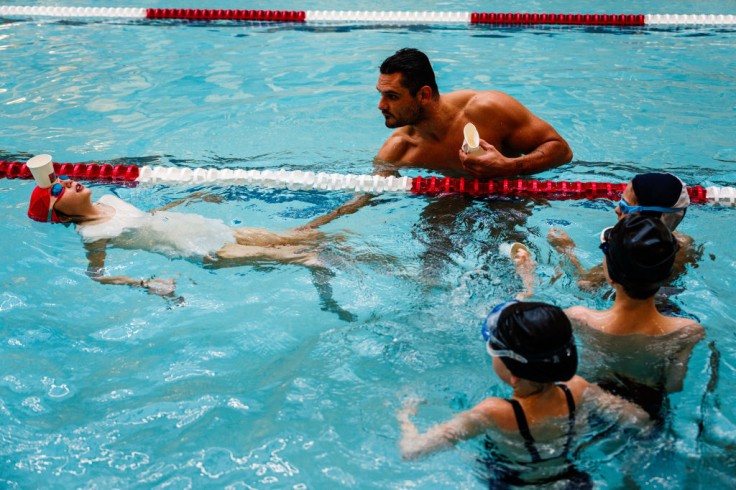
Dry drowning can be a very fatal injury to children.
Dry drowning, also known as "post-immersion syndrome," is a condition that occurs when water is breathed and leads to muscle spasms in the airway. This eventually makes the airway blocked, which in turn prevents the symptoms of drowning.
The term "dry drowning" inherently refers to a sequence of delayed symptoms that a child may experience following an incident involving water or an injury sustained from submersion.
Despite children looking safe and fine after going in the water, it is still important to be vigilant, as some injuries could still happen. In this case, symptoms of dry drowning can occur even after taking the child out of the water.
What Are the Symptoms of Dry Drowning in Children?
Changes in Behavior: If you notice a child acting strangely, being more timid than they usually are, or suddenly behaving, it is best to give this child some attention and ask them what makes them uncomfortable. Changes in oxygen status can cause a sudden change in children's demeanor and behavior.
Vomiting: One of the many symptoms of dry drowning in children is vomiting. The body could signal a lack of oxygen through puking. This is also a sign that a child's body is inflamed.
Gagging and Coughing: Persistent gagging and coughing could signal increased work in breathing which needs to be checked.
Breathing Difficulties: Aside from the vomiting, coughing and gagging could also occur if the child is experiencing dry drowning. This is a clear telltale sign that the body is under some sort of stress.
Chest Pain: Another more obvious symptom of dry drowning in children is chest pain or any discomfort around that area after submerging in the water. When you see children feeling odd and touching their chest continuously, it is best to check on them.
Read Also: Babywearing 101: What Parents Need to Know, Essential Safety Tips for Comfortable Experience
How To Prevent Dry Drowning in Children
In order to enable an early diagnosis of dry drowning, it is important to educate oneself and other caregivers about the unmistakable signs and symptoms of dry drowning and how to prevent them. With that, here are a few safety precautionary measures you can practice whenever taking children in the water:
Supervision: Regardless of how proficient children are at swimming, parents and guardians should always keep a close eye on them while they are in or near water.
Educate Your Children About Water Safety: Teaching children about essential water safety standards, such as avoiding drains and pool filters, never swimming alone, being careful during water play, and never diving into shallow water will help them avoid possibilities of getting injuries.
Swimming Classes: Another beneficial activity that most parents could benefit from is enrolling their children in swimming lessons that are age appropriate with a certified instructor. The ability to swim is a life skill that dramatically lowers the likelihood of being involved in an accident that involves water.
Life Jackets: During any aquatic activities, especially those that take place in open water, make sure that your child is wearing a life jacket that is correctly fitted.
Keep Children Hydrated: Ensure that your child is adequately hydrated both before and after engaging in water-based activities. This will help to reduce the risk of dehydration, which can lead to an increased risk of dry drowning.
It is essential to have an understanding of dry drowning, drowning, and water injuries that could possibly happen in order to guarantee the safety of your kid while they are near water.
Although the occurrence of dry drowning is extremely uncommon, it is of the utmost importance to be well-prepared and knowledgeable in order to avoid this covert threat as drowning could easily be fatal most especially to children.
In addition, when they are at the right age, your child should be educated about water-related topics, water safety should be a top priority, and you should give continual supervision.
By doing so, you will be able to participate in water activities with full assurance, knowing that you have taken the essential safeguards to protect your child from drowning due to dry drowning.
Related Article: Top 10 Pool Safety Tips To Protect Your Kids This Summer